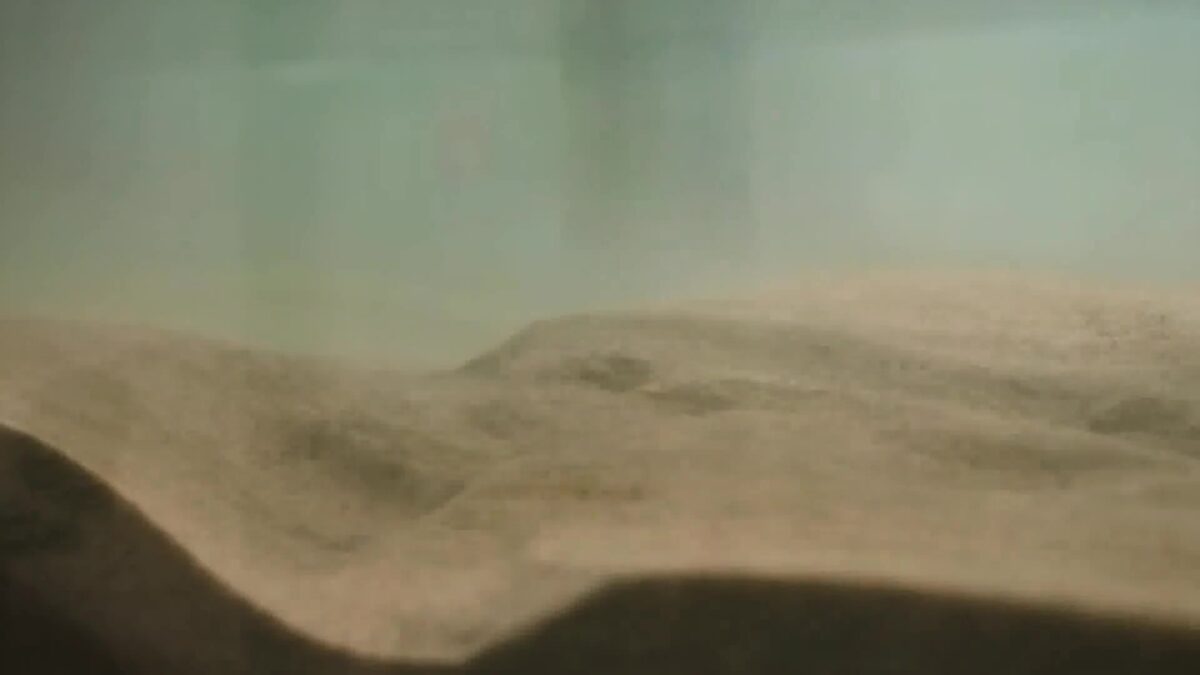Santa Barbara Research Offers New Tools for Communities Facing Flood Risk

Patricia Martellotti
SANTA BARBARA, Calif. ⁃ Rivers are powerful forces of nature shaping landscapes and impacting millions who live nearby.
Now, scientists at UC Santa Barbara are shedding new light on why some rivers split into multiple channels while others stay on a single path.
“When we think of floods, we always think of the context of rising water levels, right but rivers are not stopping rivers move around,” said associate professor of geography Dr. Vamsi Ganti of UC Santa Barbara.
Ganti and his team used decades of satellite imagery to study 84 rivers around the world.
Their findings could make a big difference in places like Santa Barbara, where local creeks often overflow during heavy storms.
“Understanding how rivers move is critical for how we manage flood risk on the banks of the rivers, and also trying to figure out how the river movement can change in the future,” said Ganti.
“And his research is helping us understand these forces of nature so we can better live with them,” said science communicator Harrison Tasoff of UC Santa Barbara.
Researchers believe this study could help guide smarter flood planning in the region and even around the world.
“What this means for the community is, we have a better idea of how rivers behave and when they’re aggressive, and when they’re docile,” said Tasoff.
These discoveries can be especially crucial in communities still recovering from past disasters, like the deadly 2018 Montecito mudslides.
“My hope is that we start to incorporate … river movement into flood medication, such that we are better prepared,” said Ganti.
The team hopes their findings will be used by planners and emergency managers across California and beyond.A new UCSB study reveals why some rivers split into multiple channels.
For more information, visit: https://news.ucsb.edu/2025/021948/rivers-choose-their-path-based-erosion-discovery-could-transform-flood-planning-and